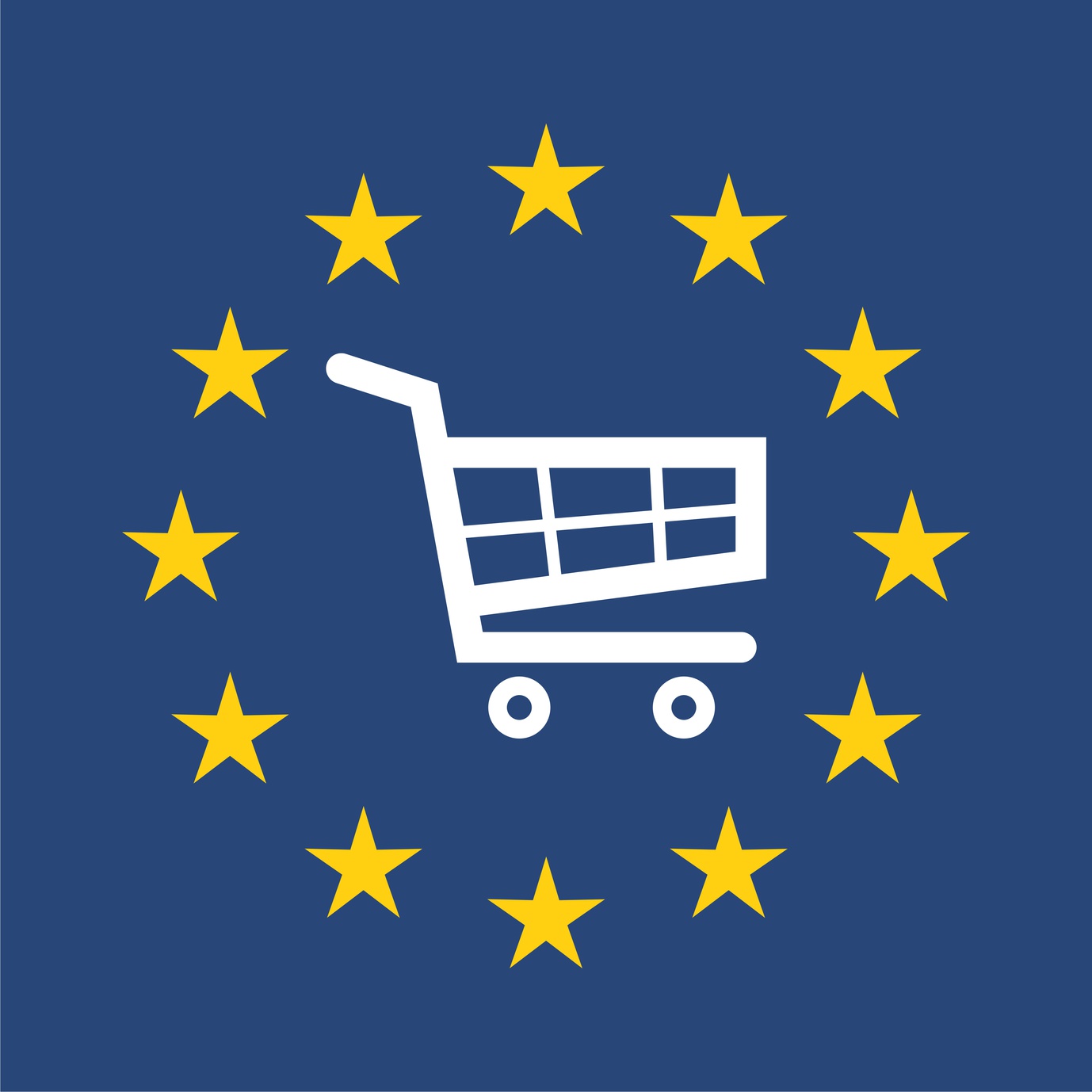
Ecommerce customers – whether businesses or private consumers – want a wide choice of products, delivery times and methods, low transport costs and hassle-free returns. These three magic ingredients: choice, low transport costs and easy returns, are not always simple, especially in Europe with its 24 official languages, EU and non-EU legislation and other complexities.
So, is it worth it? A growing number of companies think so, encouraged by continuing strong demand. Ecommerce in Germany, for example, topped €52 billion in 2016 and is set for more double-digit growth in 2017.
There are two essential components to successful ecommerce in Europe: the right supply chain solution and a great localized online footprint.
The European ecommerce environment is changing rapidly. Governments and public bodies are increasingly involved to help nurture their national champions and make sure regulations stay up to date. In December 2016, for example, the European Union announced measures to help ecommerce by simplifying the Value Added Tax (VAT) environment, particularly for small companies. The new measures include the ability of companies selling goods online to deal easily with all EU VAT obligations in one place, erasing costly VAT compliance.
While the new EU rules are welcome, they only address a small part of the supply chain challenge of ecommerce in Europe. In the USA, there is one single parcel rate across the whole country while in Europe parcel rates differ by country. There is also a high level of service expectation across the USA while again in Europe, efulfillment service level expectations diverge by country. These are just some of the factors that make ecommerce in Europe a challenge.
Supply Chain Structures
According to supply chain experts Holland International Distribution Council (HIDC) there are typically 3 supply chain structures used by companies setting up B2C distribution in Europe:
1. Direct deliveries to consumers in Europe (using UPS, FedEx, DHL or USPS). – High shipping costs, challenges related to the payment of duties and VAT and how to organize returns.
2. Consolidated airfreight to a single gateway location and final delivery throughout Europe by integrator or “local hero”. – Cost savings on shipping, possibility to set up scheme for collection / payment of duties and VAT, more options for setting up structure for returns.
3. EDC warehouse serving clients in multiple countries. – Lower overall supply chain costs, fiscal representation as option, most convenient way to set up DDP deliveries, easier returns, option to deliver to B2B clients from same warehouse.
Whatever the supply chain solution chosen, a localised website and online marketing strategy ensure the company can benefit from the growth of ecommerce in each local European market.
IOE&IT Corporate Member, IBT Online, are hosting a webinar on the topic of European Supply Chain Solutions and Online Opportunities. Thursday 16th February at 5pm – register here

